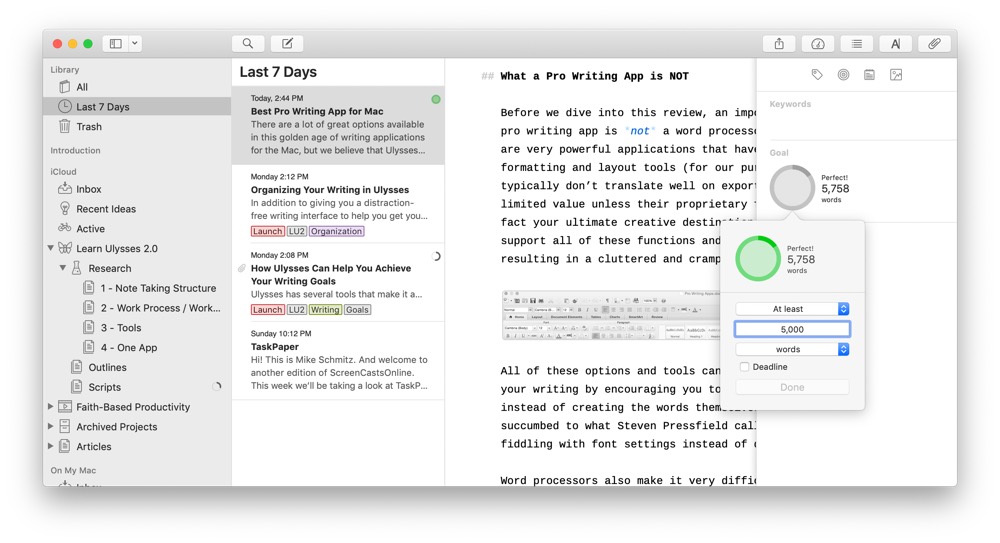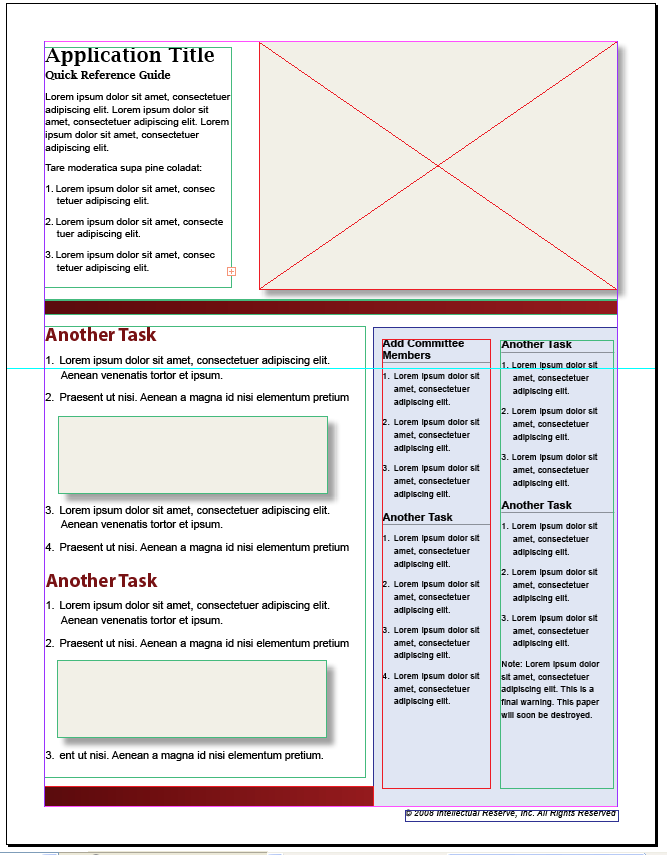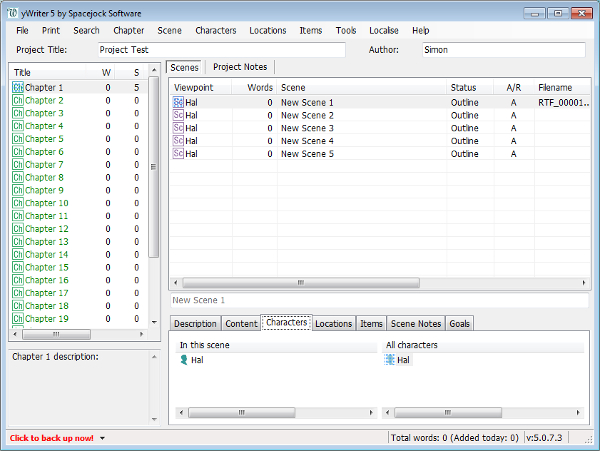

It’s like a collaborative improvisational performance between me and language itself. Which I guess brings to mind an interesting but maybe silly question which is: when I’m alone at my desk “performing” the writing of a poem, who am I performing for? It’s not quite myself and it’s not quite “the reader” or a potential future reader. And I think writers/readers tend to forget that, especially because the “writing is a lonely practice” idea is so deeply ingrained.

Writing is-even if it’s done privately-still always a performance. Those shifts are (until now) always buried in the editing process, because they get deleted and the reader can never appreciate them. You can truly see how poetry is a time-based art. That shift-exactly what you’re describing-is part of why I made Midst. Where “It is not allowed to run / in the swimming pool” becomes “It is not allowed to die / in the swimming pool” I actually have a page of the book that is my favorite, and it’s not the last page… It’s funny to think of POOL presenting a reader with all these bad poems, the bad poems it took to get to the good poem. Which is what makes me keep writing-to find the “real” poem in the junk. Having not read a synopsis, I didn’t know what I was reading, except that it was some kind of exploded poem.Īnnelyse Gelman: That’s really fascinating because it makes me realize that all those poem-instances before the final thing are on some level just bad poems. Observer: As I turned the pages of POOL, I didn’t quite “know” that I was watching a poem being written iteration by iteration. That’s why I talked with Gelman about the book, how it was made, and what Midst could mean for writing. POOL was the most beguiling, hypnotic, and exciting reading experiences of 2020, and maybe of my life. POOL is 35 pages, each a different shade of blue, printed on a Risograph and hand-bound by Gelman and her publishing collaborator, Ryan Paradiso of NECK Press. midst file became a physical book called POOL (Midst/Neck Press). Around this same time, Gelman was writing poems regularly using the Midst software when she had one particularly engaging and productive writing session captured in a file called “pool.midst”. Though the official launch of the software is February 8th, Gelman released the journal Midst ’s first issue- 18 timelapse videos of different poets drafting an original poem with the Midst software -in the winter of 2019.

But Midst is far more than a party trick to generate conversation and insight between writers-the goal is to demystify, describe and, in the end, democratize the writing process. With software engineer Jason Gillis-Grier, Gelman created Midst so that writers can show their writing process (through a timelapse) as opposed to simply talking about it. Annelyse Gelman is not the first poet to be more interested in process than product, but she may be the first to invent her own word processor to explore this fascination.


 0 kommentar(er)
0 kommentar(er)
